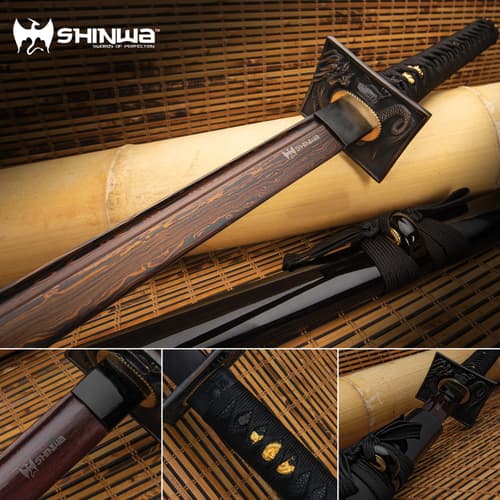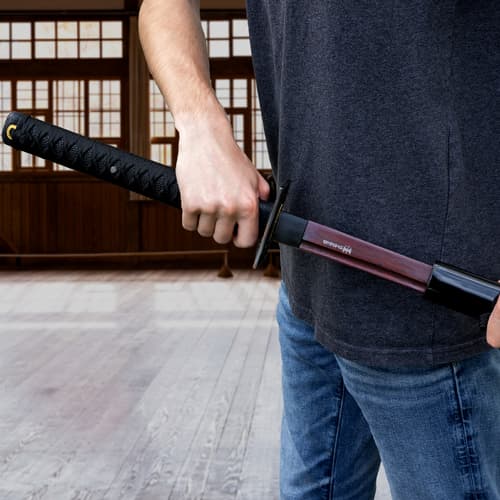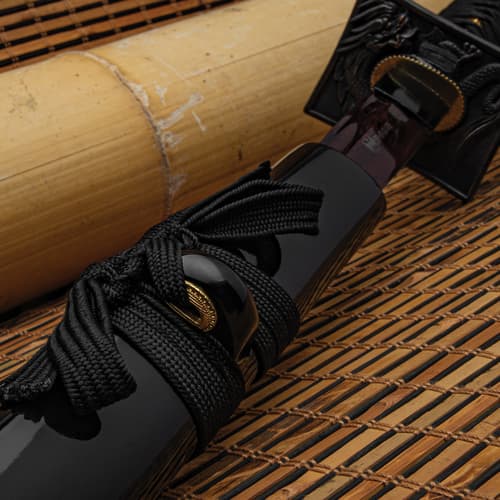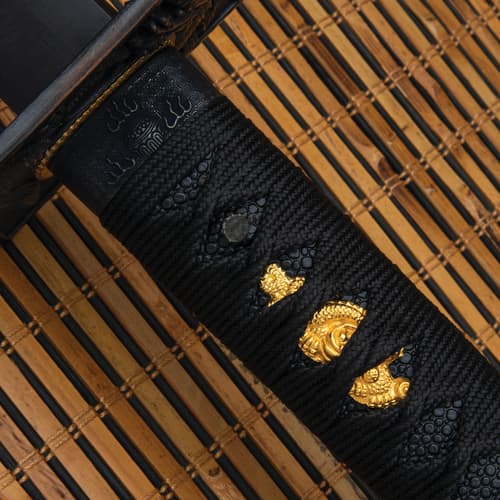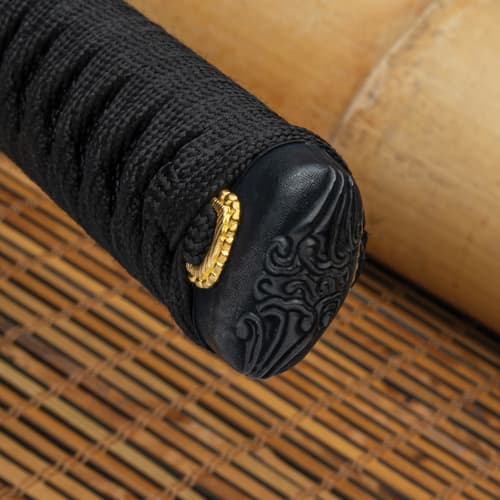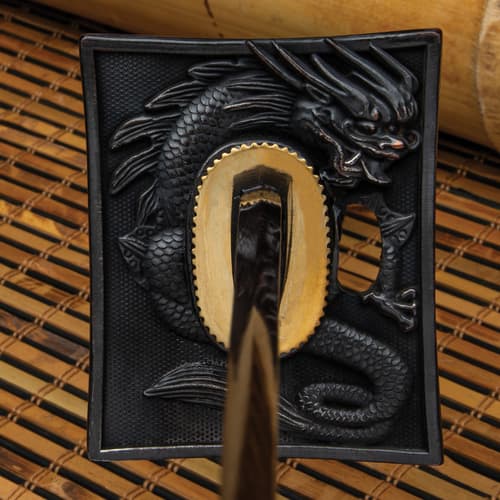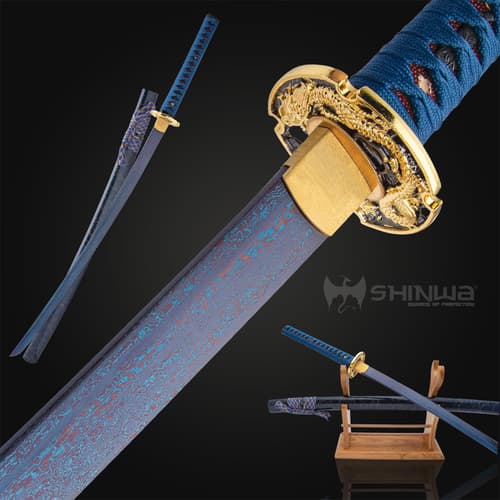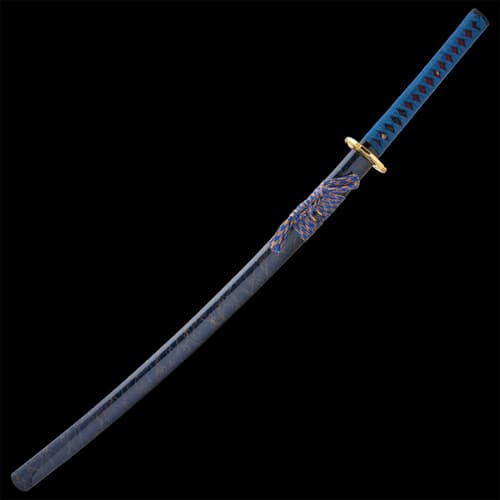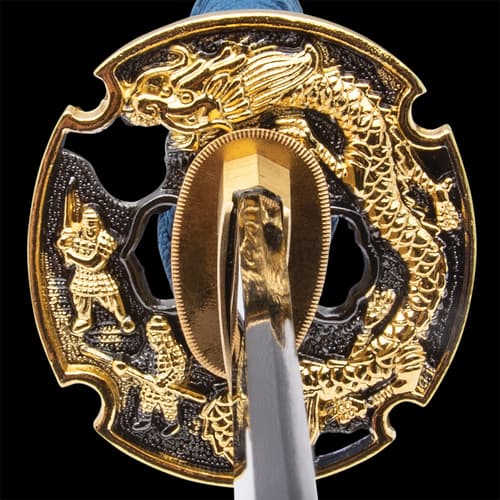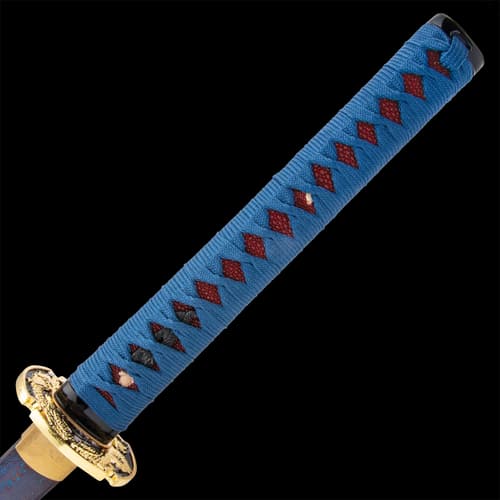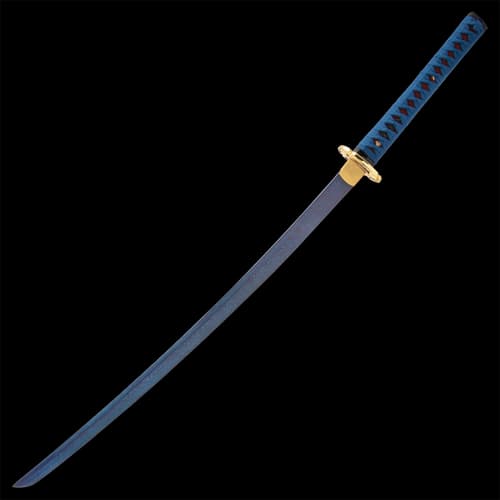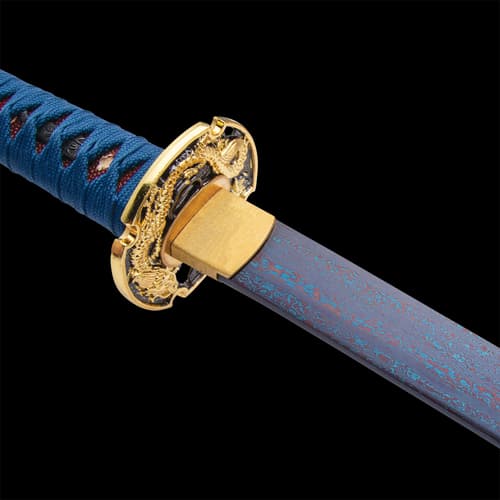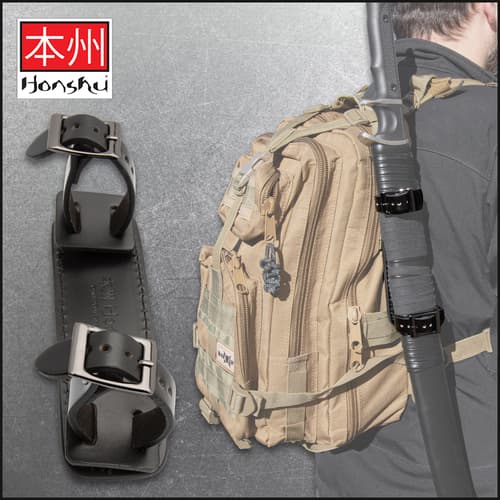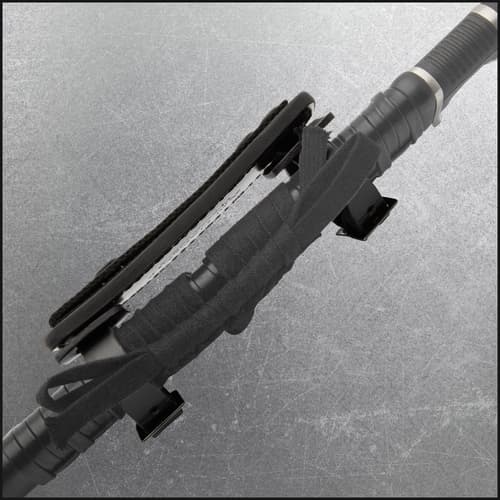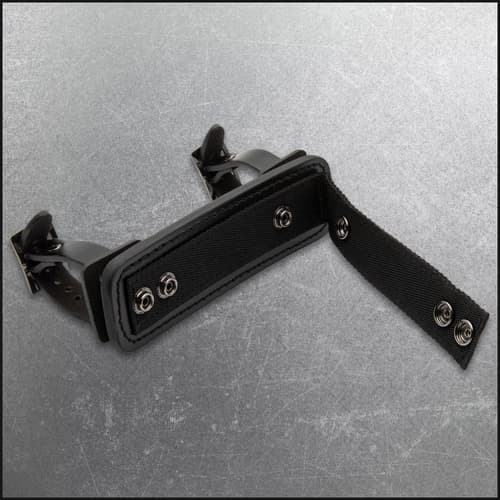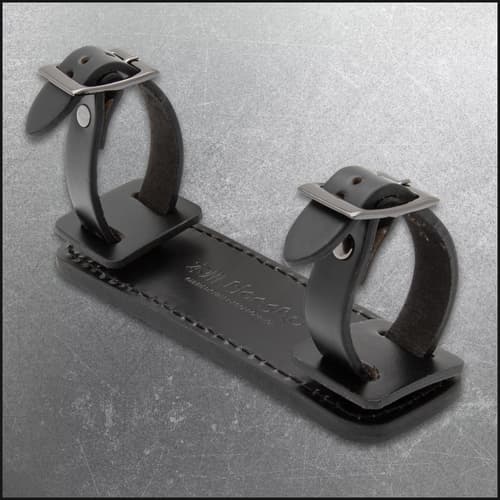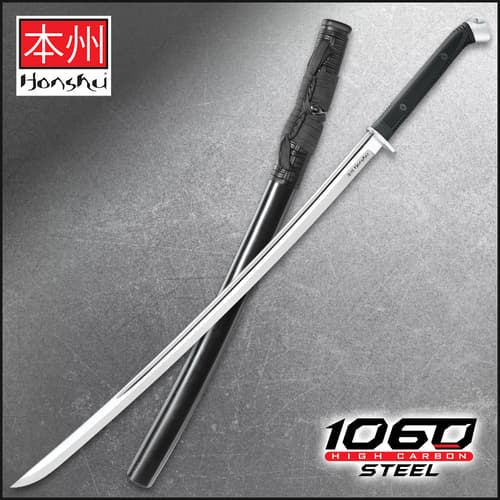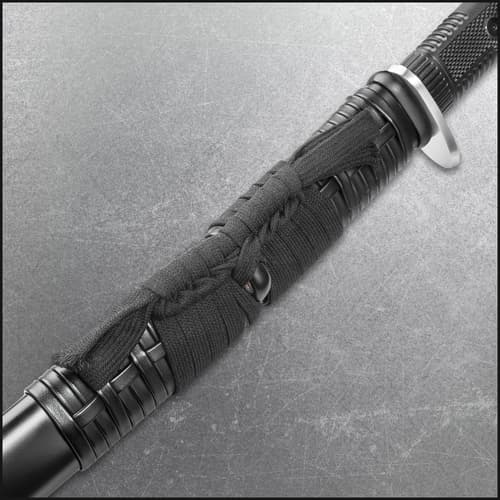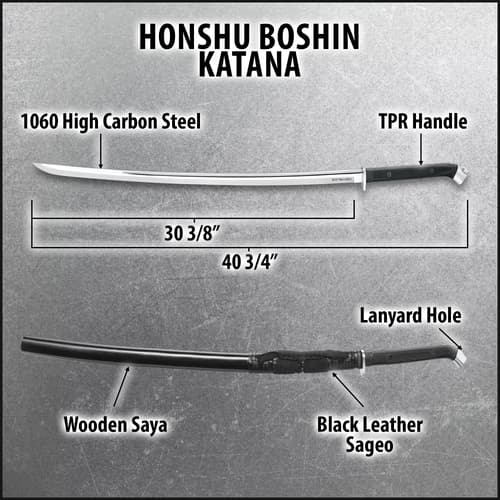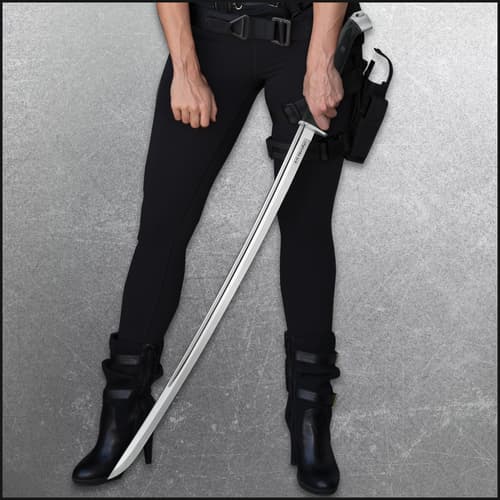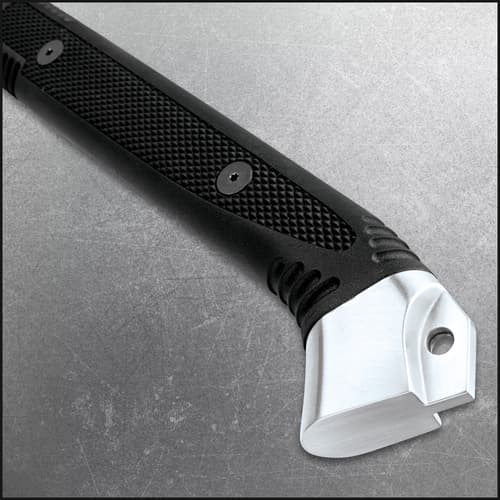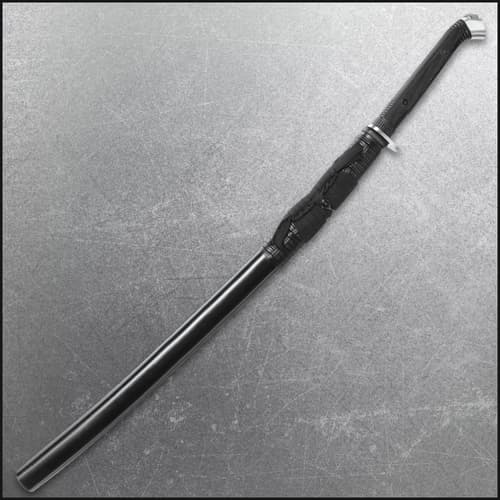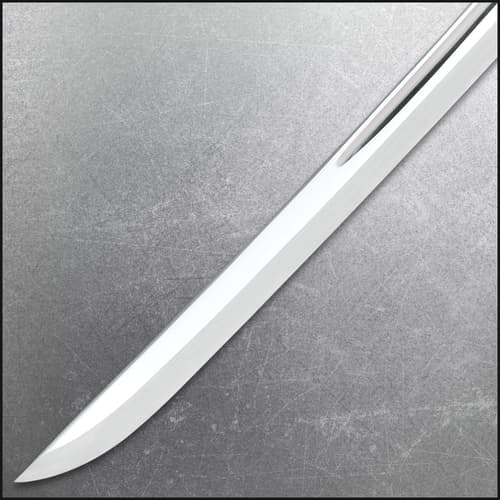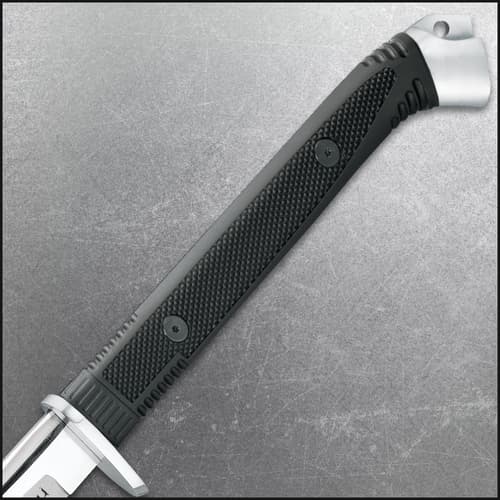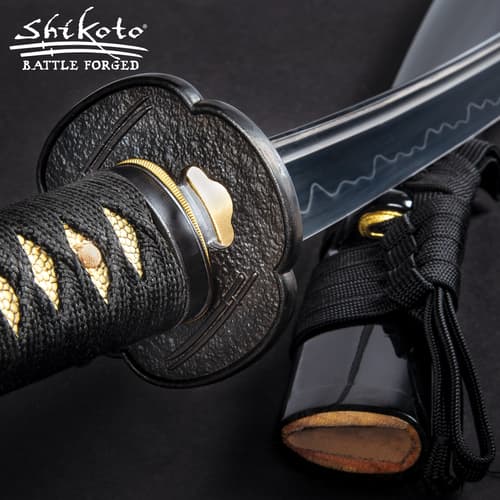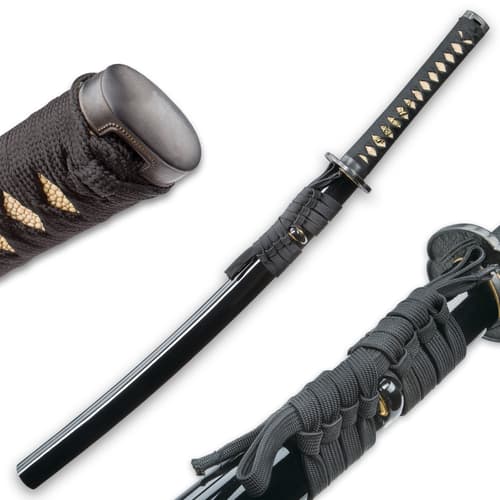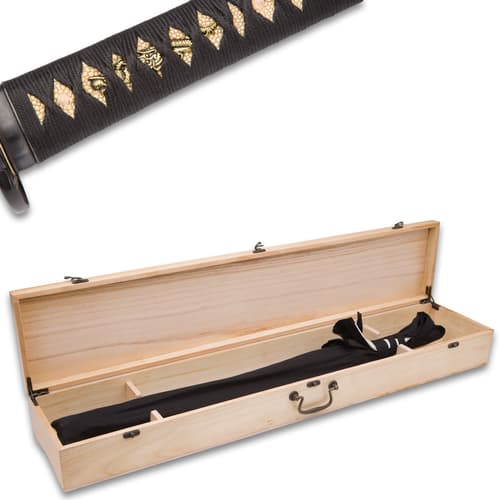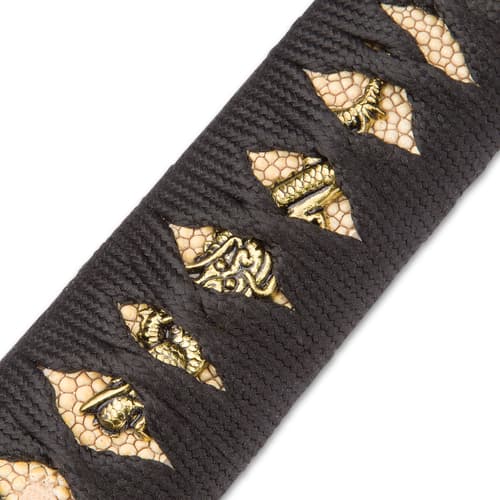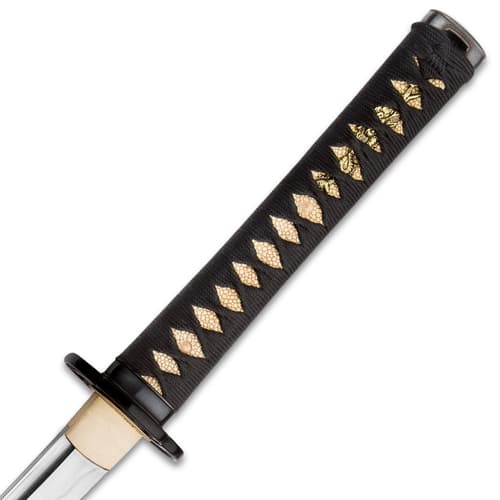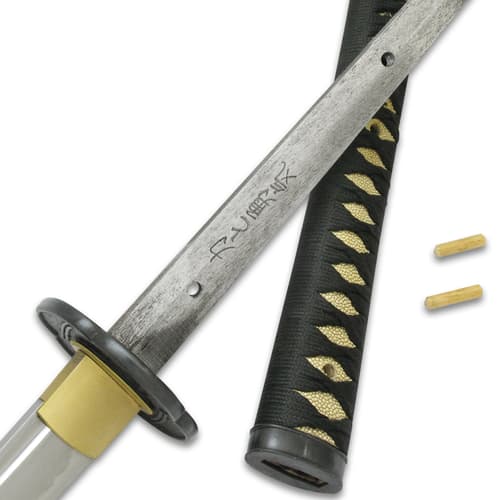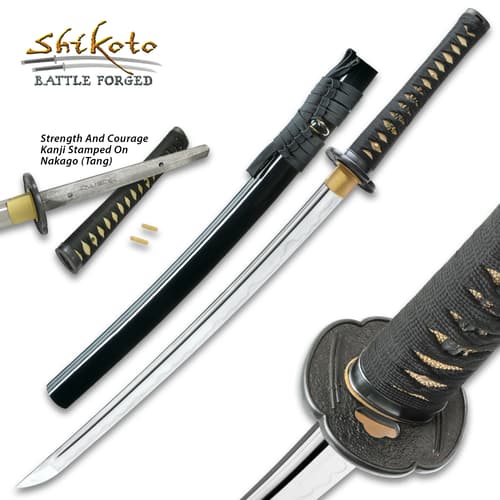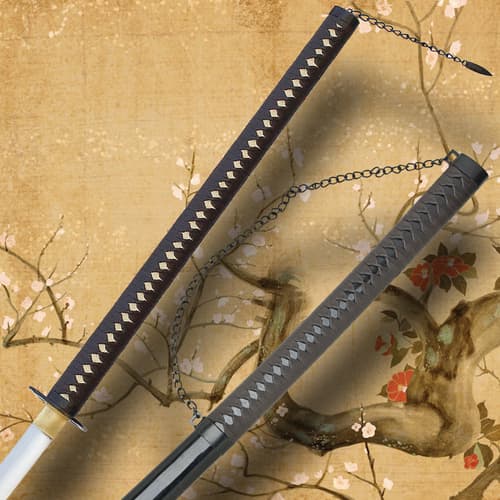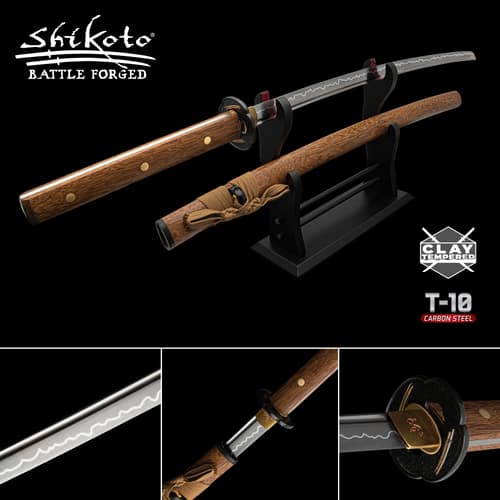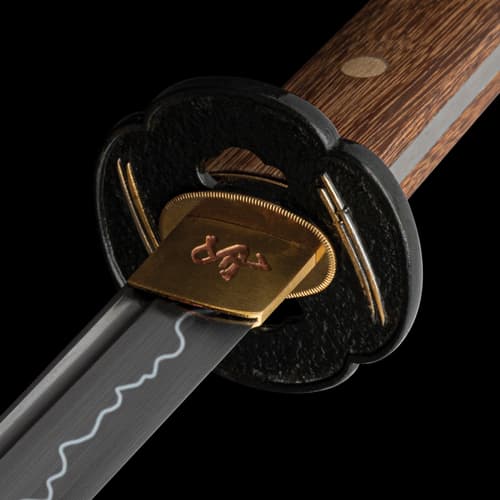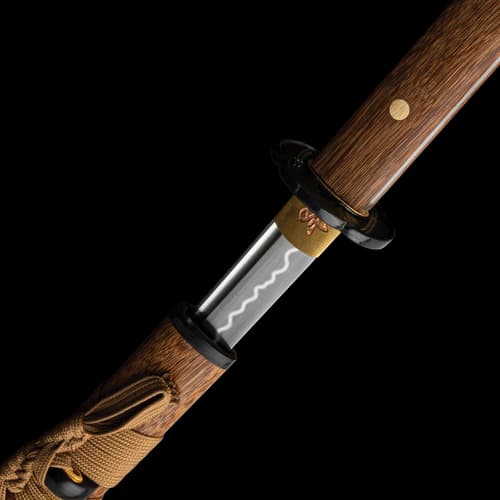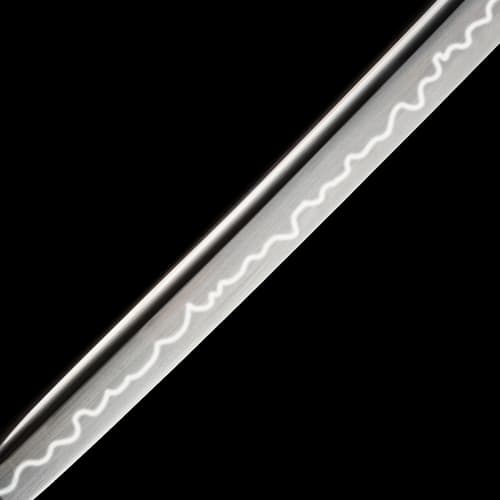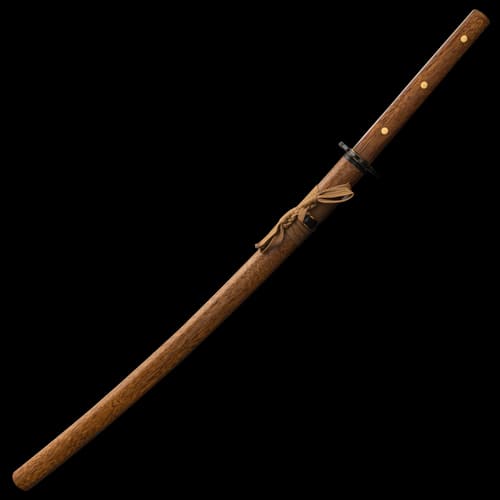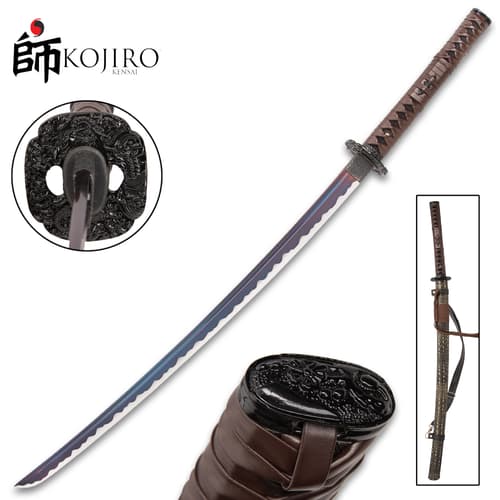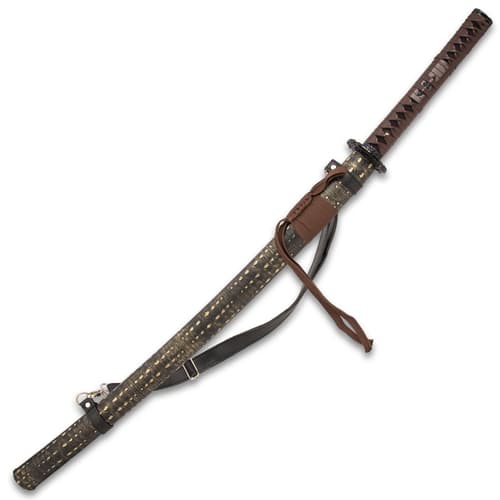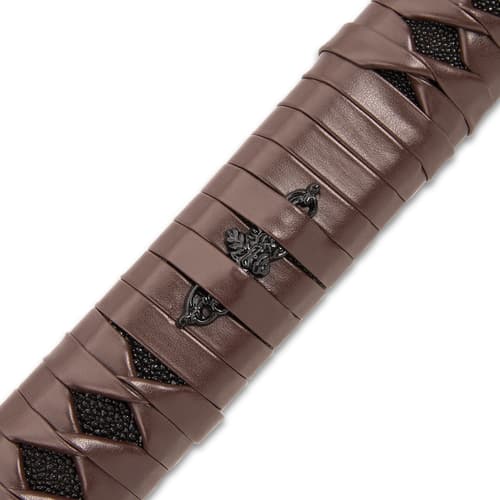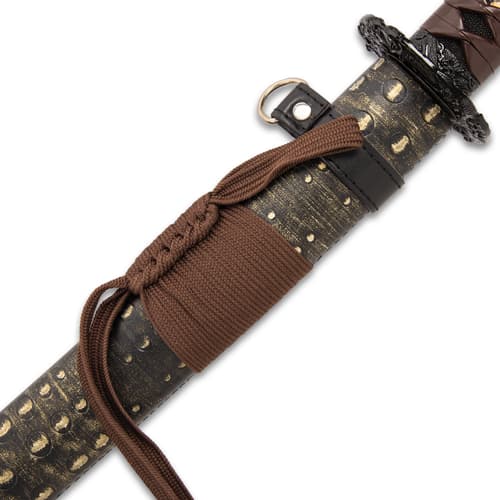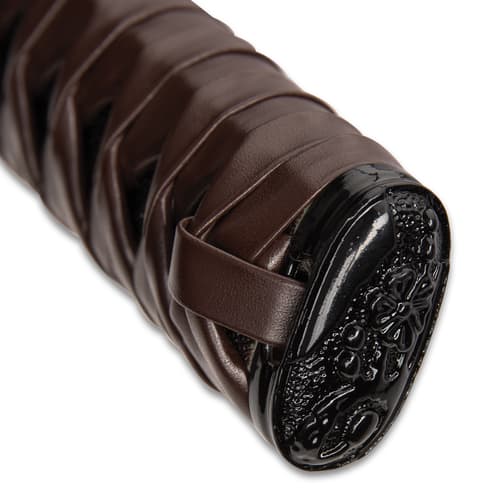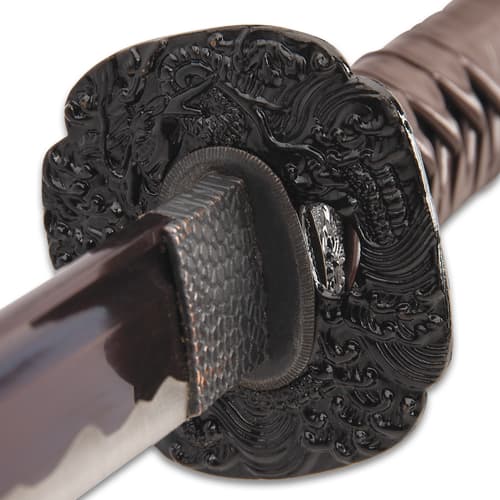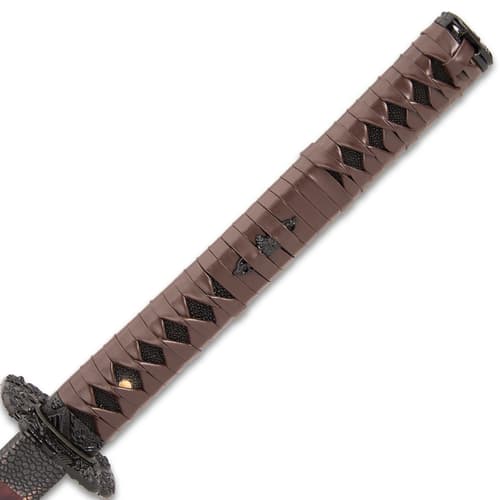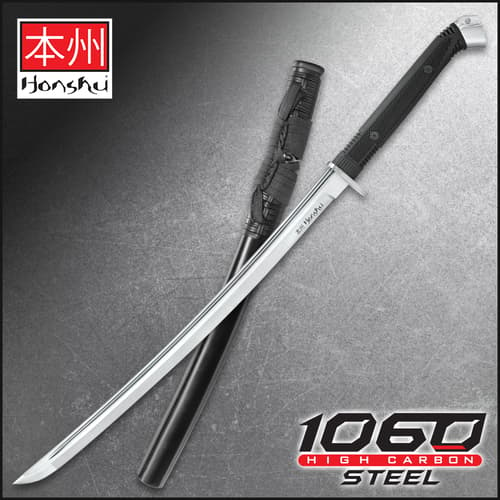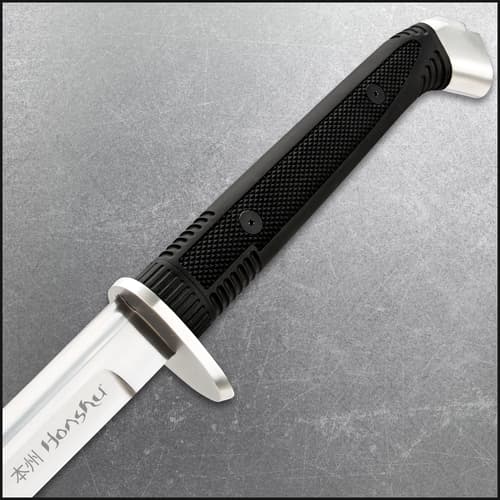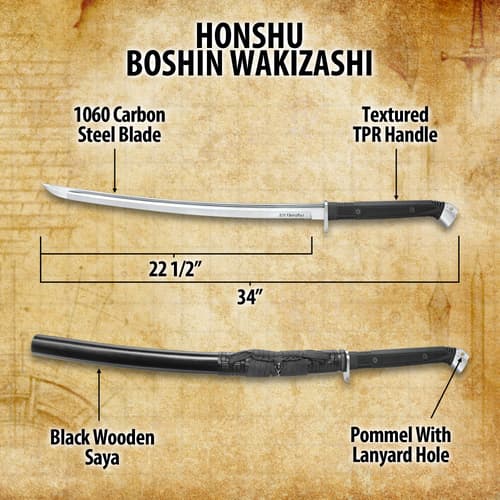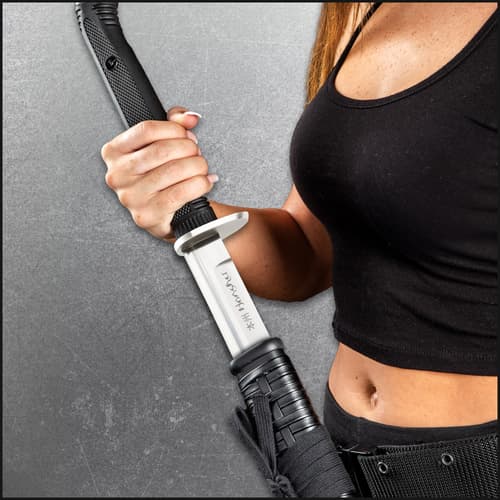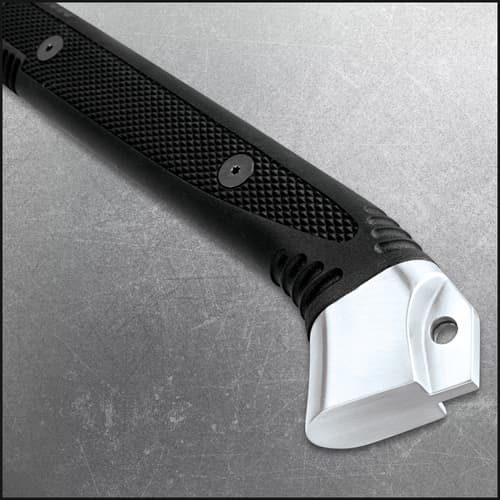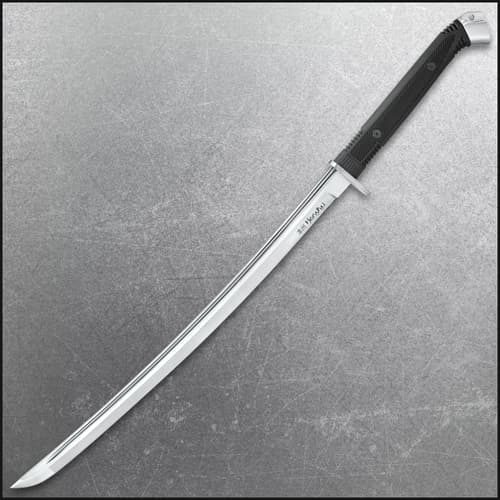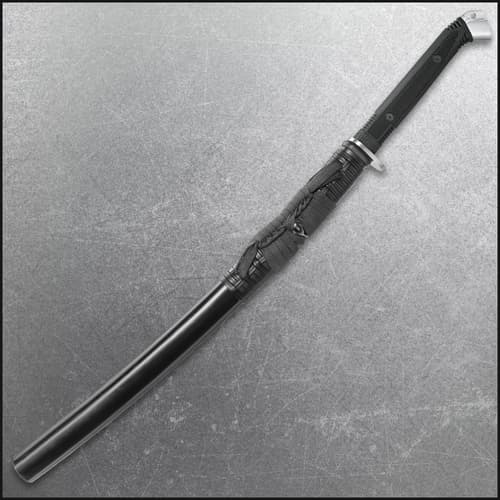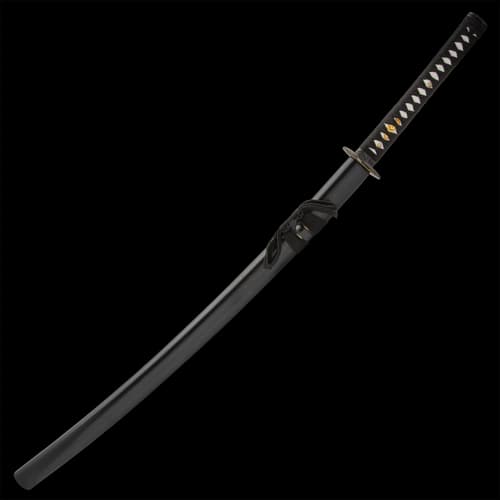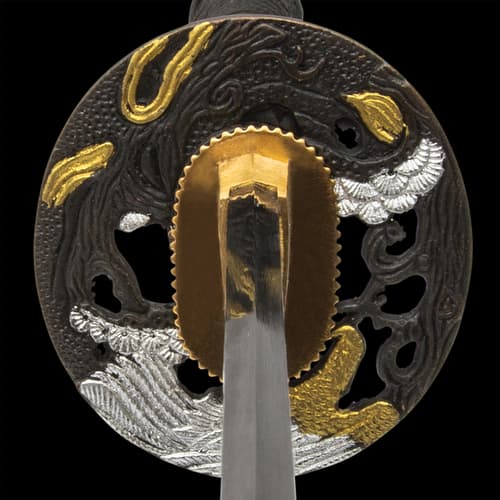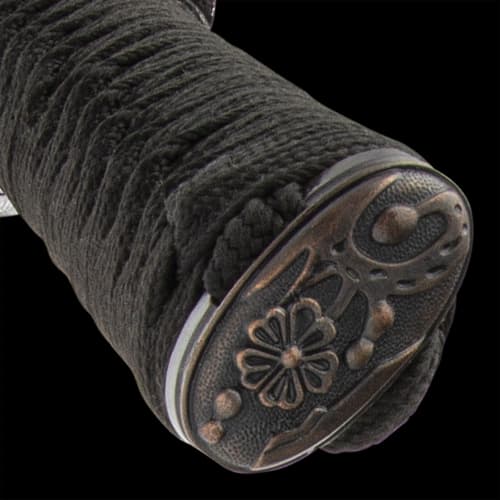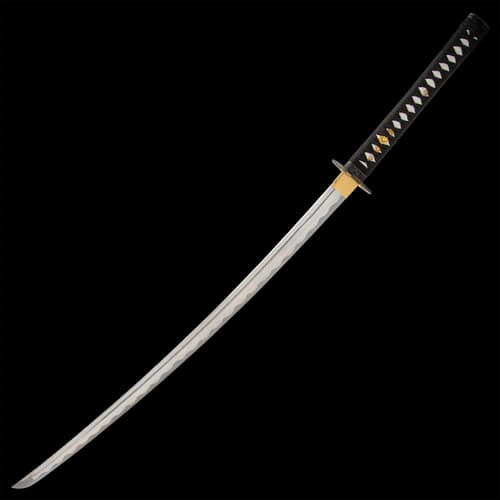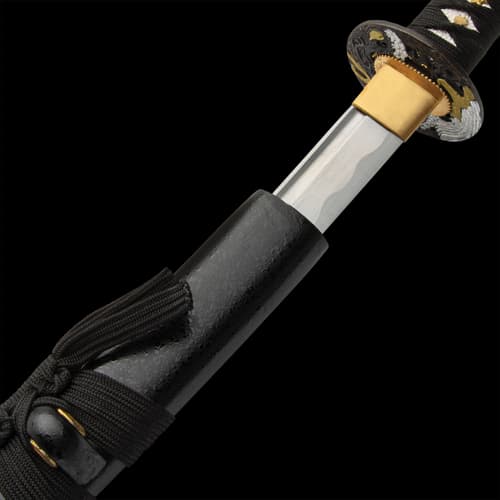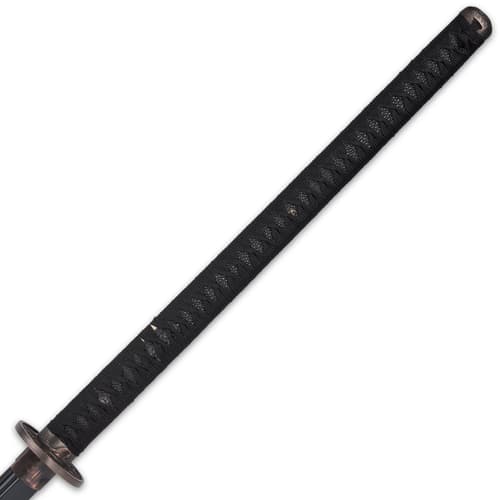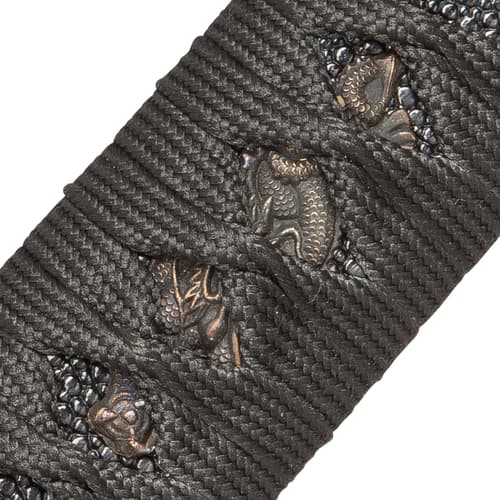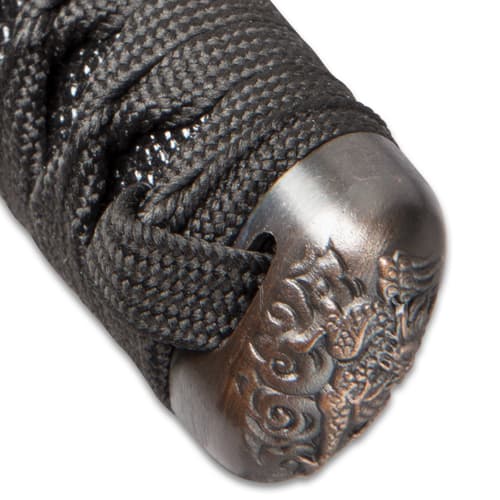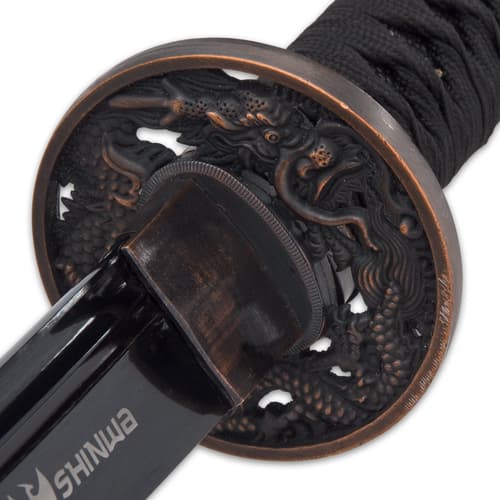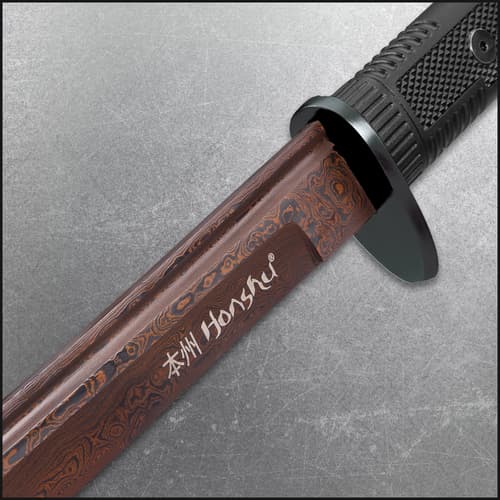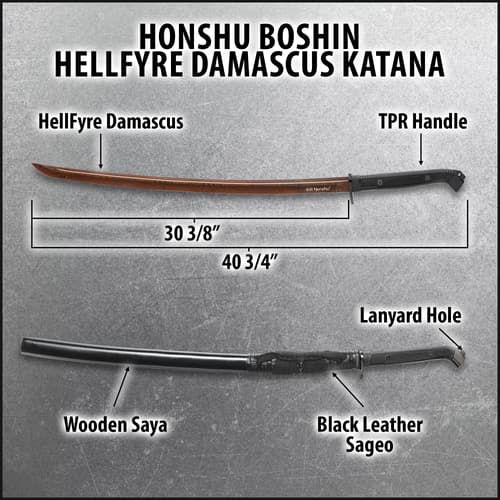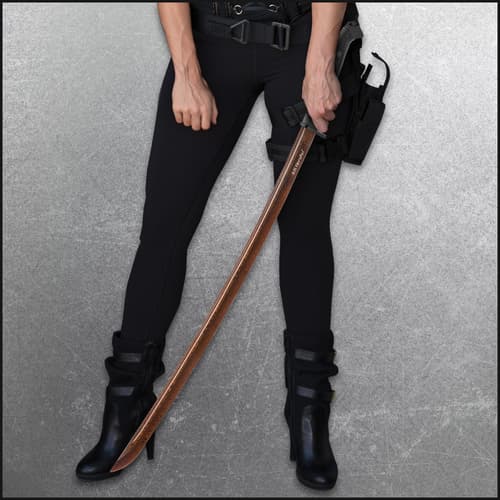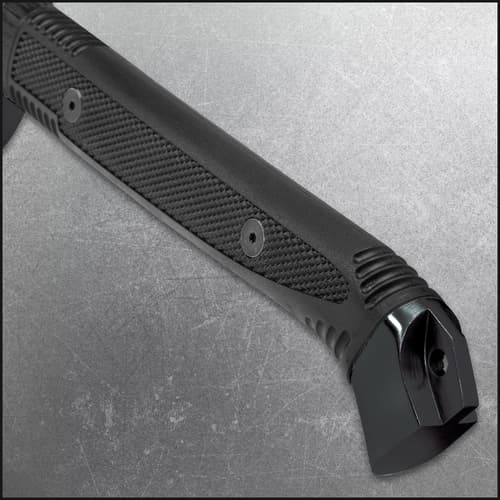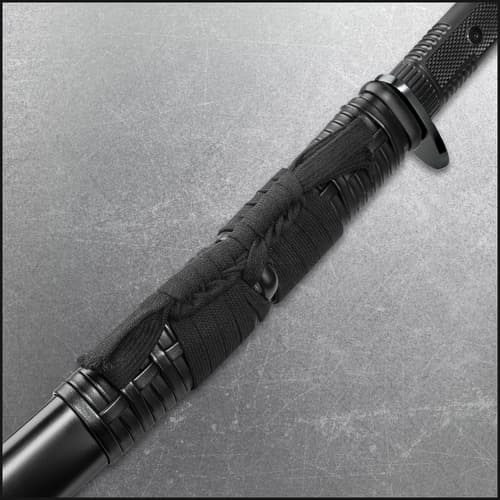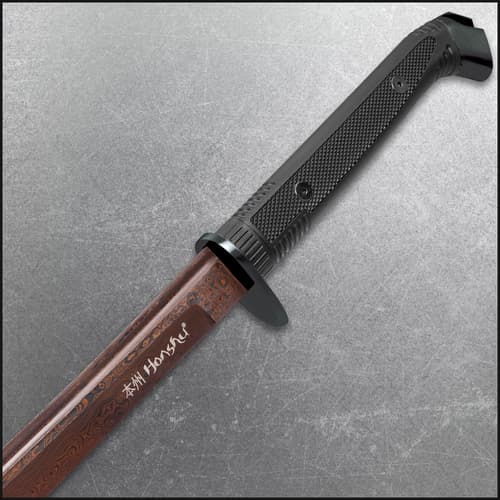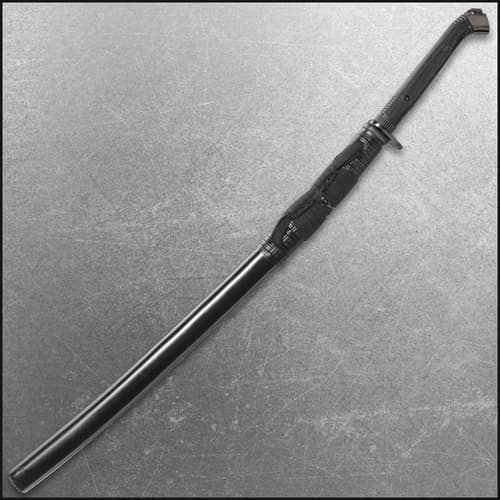Japanese Katanas
151 Results
$89.98
Price reduced from
$192.99
to
$177.98
Price reduced from
$196.99
to
$16.99
37109
Honshu Boshin® Katana - Tactical Sword, Hand Forged 1060 Carbon Steel
USD
0.0
4
Honshu
Swords
Japanese Swords
Japanese Katanas
CL1
Category
null
129.99
38022
Shikoto Touchstone Handmade Wakizashi / Samurai Sword - Hand Forged Clay Tempered T10 High Carbon Steel - Ray Skin; Iron Tsuba; Certificate of Authenticity - Functional, Full Tang, Battle Ready
USD
0.0
5
Shikoto
Swords
Japanese Swords
Wakizashi Swords
CL1
Category
null
289.99
$135.99
50666
Shikoto Tigerwood Katana And Scabbard - T10 Carbon Steel Blade, Clay Tempered, Full-Tang, Tigerwood Handle, Iron Tsuba, Brass Habaki
USD
0.0
7
Shikoto
Swords
Japanese Swords
Japanese Katanas
CL1
Category
null
459.99
$89.98
Price reduced from
$136.99
to
32850
Boshin® Wakizashi - Modern Tactical Samurai / Ninja Sword - Hand Forged 1060 Carbon Steel - Full Tang, Fully Functional, Battle Ready - Black TPR, Steel Guard and Pommel, Lanyard Hole - Scabbard
USD
0.0
9
Honshu
Swords
Japanese Swords
Wakizashi Swords
CL1
Category
null
114.99
49501
Kojiro Golden Dragon Katana And Scabbard - 1045 Carbon Steel Blade, Hardwood Handle, Genuine Rayskin - Length 41 7/10”
USD
0.0
10
TrueSwords
Swords
Japanese Swords
Japanese Katanas
CL1
Category
null
109.99
$199.98
Price reduced from
$229.99
to
43085
Honshu Boshin® HellFyre Damascus Handmade Katana Sword - Hand Forged Red & Black Damascus Steel, Exclusive Metallurgical Process - Full Tang, Modern Tactical - TPR Grip, Wooden Saya - 41"
USD
0.0
12
Honshu
Swords
Japanese Swords
Japanese Katanas
CL1
Category
null
199.99
JAPANESE KATANA FAQS
- What is a katana?
The katana is a Japanese sword used by Samurai, an aristocratic warrior class in feudal Japan. It has a curved, single-edged blade that is slender and a square or circular guard. The handle is long and traditionally wrapped in rayskin and then a "braid" of silk or cotton. The blade is sheathed in a scabbard, which is traditionally made of lacquered wood. This weapon was used for slashing and stabbing motions in combat, not necessarily for blocking or clashing. - What should I look for when buying a katana?
The first thing that needs to be considered is whether the sword is for display or functional use. Are you looking for a sword to use or just as a decorative item to wear or display? Once you decide on the purpose, you can explore various designs and ornamentation to find one that fits your personality, style, and budget. - What is that wavy line running down my blade?
Also known as the hamon, it’s the visual divide between the harder and softer metal of the blade. A katana’s blade needs to have a harder edge for retention and a softer spine for flexibility. This is achieved by having the two parts of the blade cool at different speeds during the forging process. - How do I take care of my katana?
Having a regular cleaning routine is key to maintaining your katana. You can purchase a traditional sword cleaning kit that contains everything you need. There are three steps: removing oil, polishing the blade, and oiling the blade. Using a sheet of rice paper from the kit or a soft cotton cloth, remove any oil from the previous maintenance. Tap the powder ball lightly against the blade about every two inches along its length. Use a fresh piece of rice paper to rub the powder over the blade, polishing it until both sides are polished and the powder is removed. Apply a few drops of oil along the blade on each side and spread it evenly with a fresh piece of rice paper. - What’s the difference between a katana and a wakizashi?
Samurai warriors typically carried two swords as part of their dress. The katana was their primary weapon for battle, while the wakizashi was used for close-quarters combat. The wakizashi is built like the katana but is shorter in length, serving as a companion sword.

